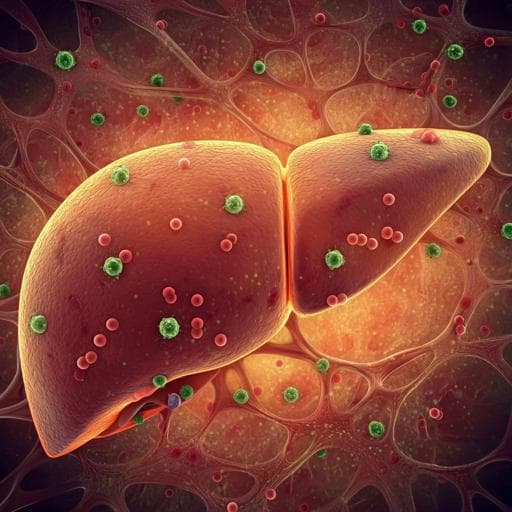
Medicine and Health
Higher intake of whole grains and dietary fiber are associated with lower risk of liver cancer and chronic liver disease mortality
X. Liu, W. Yang, et al.
This fascinating study, conducted by a team of experts including Xing Liu and Edward Giovannucci, reveals that higher intake of whole grains and dietary fiber is linked to a significantly lower risk of liver cancer and chronic liver disease mortality. Dive into the details of this impactful research!
~3 min • Beginner • English
Related Publications
Explore these studies to deepen your understanding of the subject.







